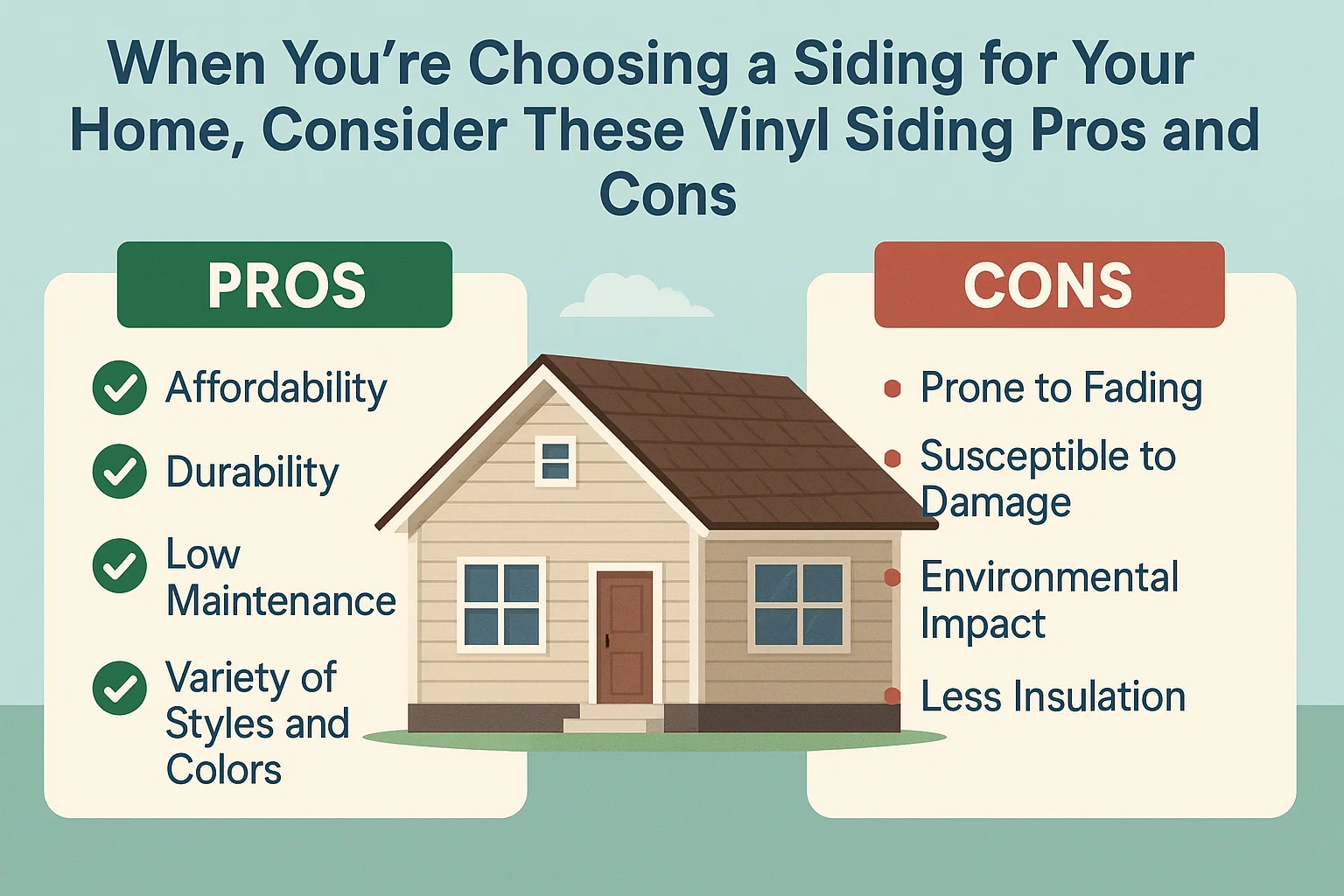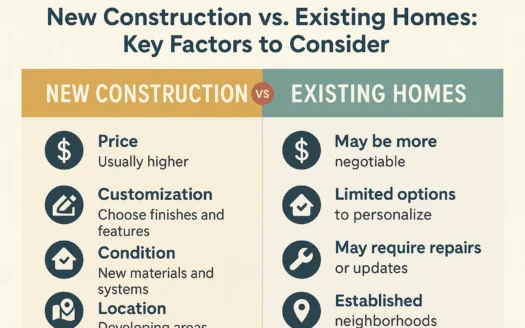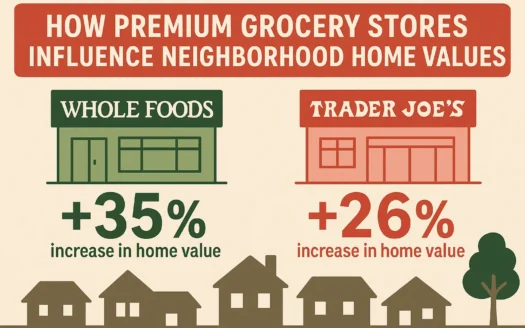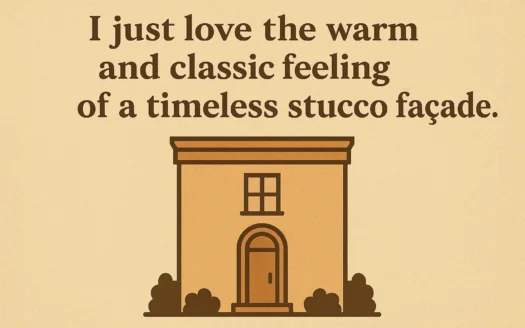When You’re Choosing a Siding for Your Home, Consider These Vinyl Siding Pros and Cons
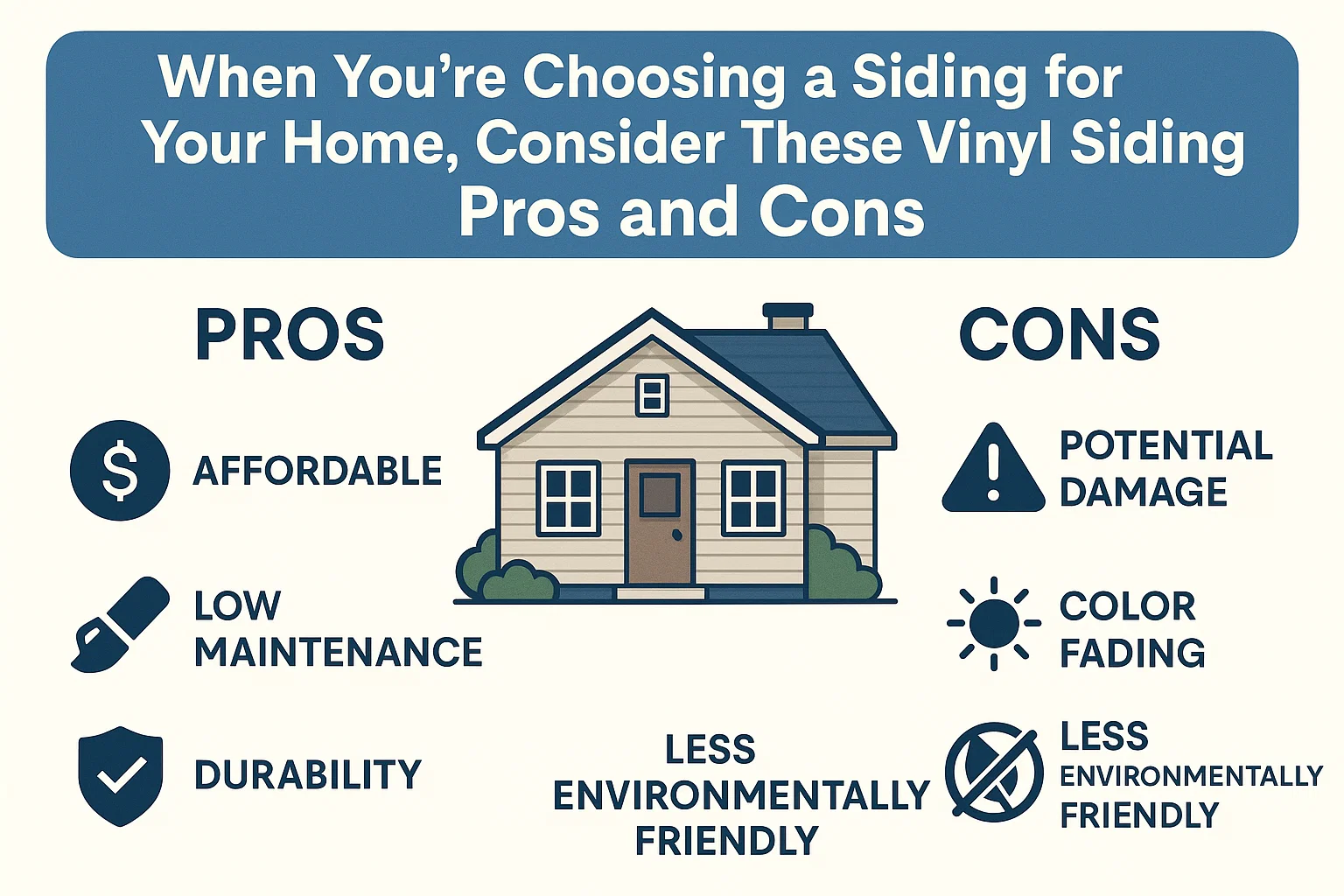
When You’re Choosing a Siding for Your Home, Consider These Vinyl Siding Pros and Cons
If you’re looking for an inexpensive, easy-to-install, low-maintenance siding option that still looks trendy and high-end, vinyl siding might be the answer. Composed of durable, specially-made plastic, vinyl siding serves as a protective cladding for home exteriors. Modern advancements have expanded its design options far beyond the pale beiges and pastels of the past, offering richer colors, wood-like textures, and even slate-inspired finishes. However, like any material, it has its trade-offs. Here’s what to know before making a decision.
Vinyl Siding Design Flexibility
Today’s vinyl siding comes in bold hues like Marigold and Autumn Red, as well as calming Coastal Blue, making it suitable for Colonial homes, beachfront properties, and modern townhouses. It can mimic pricier materials like wood or slate at a fraction of the cost. Choose between two application styles: shakes (square or rectangular pieces layered vertically) or horizontal planks (long pieces mounted lengthwise). Its versatility allows it to adapt to curved turrets, Ranch-style homes, and intricate architectural details.
Cost of Vinyl Siding
Vinyl is the most affordable siding option, costing $1–$8 per square foot for materials. Installation ranges from $2,000 to $16,000 for a 2,000-square-foot home, depending on labor and location. Its insulating properties may also reduce long-term energy bills, adding to its value-driven appeal.
Benefits of Vinyl Siding
No Painting Required: Color is baked into the material, eliminating the need for repainting and preventing scratches or fading.
Inexpensive: Offers significant savings compared to wood, brick, or slate, especially for look-alike designs.
Easy Installation: Many homeowners opt for DIY installation, though professional help ensures durability and warranty compliance.
Durability: Resists wind gusts up to 110 mph, and damaged planks can be replaced individually.
Low Maintenance: Clean with a garden hose—avoid power washers to prevent water intrusion.
Energy Efficiency: Improves insulation, easing the strain on HVAC systems and potentially lowering utility costs.
Disadvantages of Vinyl Siding
Maintenance Challenges: Improper installation can cause warping or cracking. Damaged sections require full replacement, not patches.
Color Fading: Intense sunlight may cause fading within 10–15 years. Painting is a temporary fix but often peels over time.
Moisture Risks: Trapped moisture behind siding can lead to mold, rot, or termite damage if not properly sealed.
Resale Impact: Some buyers perceive vinyl as less premium than wood or stone, which could affect home value.
Environmental Concerns: Made from PVC, its production releases greenhouse gases, and recycling options are limited.
Is Vinyl Siding Right for You?
Vinyl siding balances affordability, style, and practicality but requires careful installation and climate considerations. Consult construction professionals to weigh its pros and cons for your specific needs. With proper planning, it can be a long-lasting, attractive solution for your home’s exterior.
